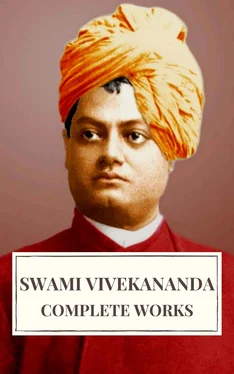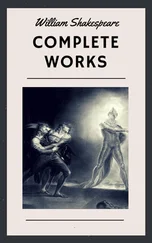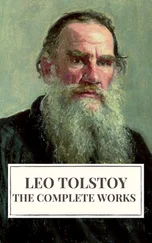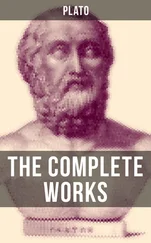The mind takes up various objects, runs into all sorts of things. That is the lower state. There is a higher state of the mind, when it takes up one object and excludes all others, of which Samadhi is the result.

12. The one-pointedness of the Chitta is when the impression that is past and that which is present are similar.
How are we to know that the mind has become concentrated? Because the idea of time will vanish. The more time passes unnoticed the more concentrated we are. In common life we see that when we are interested in a book we do not note the time at all, and when we leave the book, we are often surprised to find how many hours have passed. All time will have the tendency to come and stand in the one present. So the definition is given: When the past and present come and stand in one, the mind is said to be concentrated.

13. By this is explained the threefold transformation of form, time and state, in fine or gross matter and in the organs.
By the threefold changes in the mind-stuff as to form, time and state are explained the corresponding changes in gross and subtle matter and in the organs. Suppose there is a lump of gold. It is transformed into a bracelet and again into an ear-ring. These are changes as to form. The same phenomena looked at from the standpoint of time give us change as to time. Again, the bracelet or the ear-ring may be bright or dull, thick or thin, and so on. This is change as to state. Now referring to the aphorisms 9, l1 and 12, the mind-stuff is changing into Vrittis — this is change as to form. That it passes through past, present and future moments of time is change as to time. That the impressions vary as to intensity within one particular period, say, present, is change as to state. The concentrations taught in the preceding aphorisms were to give the Yogi a voluntary control over the transformations of his mind-stuff, which alone will enable him to make the Samyama named in III. 4.

14. That which is acted upon by transformations, either past, present, or yet to be manifested is the qualified.
That is to say, the qualified is the substance which is being acted upon by time and by the Samskâras, and getting changed and being manifested always.

15. The succession of changes is the cause of manifold evolution.

16. By making Samyama on the three sorts of changes comes the knowledge of past and future.
We must not lose sight of the first definition of Samyama. When the mind has attained to that state when it identifies itself with the internal impression of the object, leaving the external, and when, by long practice, that is retained by the mind and the mind can get into that state in a moment, that is Samyama. If a man in that state wants to know the past and future, he has to make a Samyama on the changes in the Samskaras (III. 13). Some are working now at present, some have worked out, and some are waiting to work. So by making a Samyama on these he knows the past and future.

l7. By making Samyama on word, meaning and knowledge, which are ordinarily confused, comes the knowledge of all animal sounds.
The word represents the external cause, the meaning represents the internal vibration that travels to the brain through the channels of the Indriyas, conveying the external impression to the mind, and knowledge represents the reaction of the mind, with which comes perception. These three, confused, make our sense-objects. Suppose I hear a word; there is first the external vibration, next the internal sensation carried to the mind by the organ of hearing, then the mind reacts, and I know the word. The word I know is a mixture of the three — vibration, sensation, and reaction. Ordinarily these three are inseparable; but by practice the Yogi can separate them. When a man has attained to this, if he makes a Samyama on any sound, he understands the meaning which that sound was intended to express, whether it was made by man or be any other animal.

18. By perceiving the impressions, (comes) the knowledge of past life.
Each experience that we have, comes in the form of a wave in the Chitta, and this subsides and becomes finer and finer, but is never lost. It remains there in minute form, and if we can bring this wave up again, it becomes memory. So, if the Yogi can make a Samyama on these past impressions in the mind, he will begin to remember all his past lives.

19. By making Samyama on the signs in another’s body, knowledge of his mind comes.
Each man has particular signs on his body, which differentiate him from others; when the Yogi makes a Samyama on these signs he knows the nature of the mind of that person.

20. But not its contents, that not being the object of the Samyama.
He would not know the contents of the mind by making a Samyama on the body. There would be required a twofold Samyama, first on the signs in the body, and then on the mind itself. The Yogi would then know everything that is in that mind.

21. By making Samyama on the form of the body, the perceptibility of the form being obstructed and the power of manifestation in the eye being separated, the Yogi’s body becomes unseen.
A Yogi standing in the midst of this room can apparently vanish. He does not really vanish, but he will not be seen by anyone. The form and the body are, as it were, separated. You must remember that this can only be done when the Yogi has attained to that power of concentration when form and the thing formed have been separated. Then he makes a Samyama on that, and the power to perceive forms is obstructed, because the power of perceiving forms comes from the junction of form and the thing formed.

22. By this the disappearance or concealment of words which are being spoken and such other things are also explained.
Читать дальше























